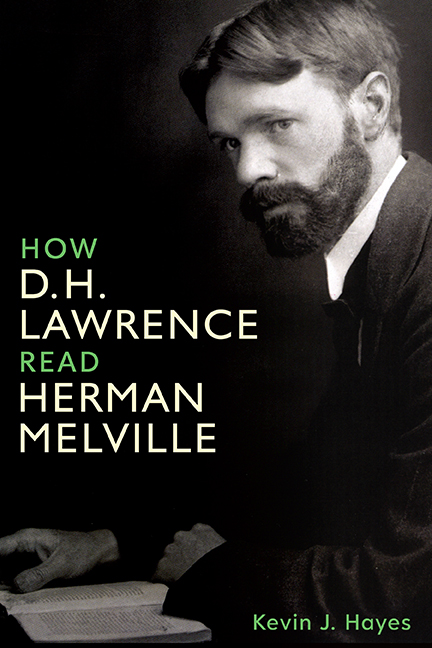Book contents
- Frontmatter
- Dedication
- Contents
- Acknowledgments
- Preface
- List of Abbreviations
- Introduction
- 1 An English Midlands Bookshelf
- 2 An Archway into the Future
- 3 Everyman and the Dead Narrator
- 4 How Moby-Dick Shaped Women in Love
- 5 A Little Hesperides of the Soul and Body
- 6 The Symbolistic All-Knowledge
- 7 The Melville Centenary
- 8 Typee under Etna
- 9 Two Days in Tahiti
- 10 The Voyage Home
- Index
5 - A Little Hesperides of the Soul and Body
Published online by Cambridge University Press: 26 May 2022
- Frontmatter
- Dedication
- Contents
- Acknowledgments
- Preface
- List of Abbreviations
- Introduction
- 1 An English Midlands Bookshelf
- 2 An Archway into the Future
- 3 Everyman and the Dead Narrator
- 4 How Moby-Dick Shaped Women in Love
- 5 A Little Hesperides of the Soul and Body
- 6 The Symbolistic All-Knowledge
- 7 The Melville Centenary
- 8 Typee under Etna
- 9 Two Days in Tahiti
- 10 The Voyage Home
- Index
Summary
“Now I am not doing any work, we need books to read,” Lawrence wrote in a letter to Kot in late November 1916. He listed the authors and titles of several books he wanted Kot to purchase for him and enclosed ten shillings to cover their cost. The list included two Melville works: “Omoo or Typee (preferably Typee).” The timing of Lawrence's letter is significant. A few days earlier he had sent J. B. Pinker the manuscript of Women in Love, the version that would become known as The First “Women in Love.” Having brought his manuscript to a point of completion, Lawrence now had the time to start writing a new book, but he needed to read more before he could tackle another major project.
His attention to Moby-Dick earlier that year had reinforced his curiosity about American literature. Richard Aldington explains: “The book stimulated his interest in America, and set him reading or re-reading American books. Melville moved Lawrence deeply and seemed to reveal him to himself.” After finishing Moby-Dick, Lawrence had been wanting to read more Melville, but his attention to Women in Love over the summer had delayed him in that pursuit. With that book off his hands, at least for the time being, he could now return to Melville and deepen his study.
Another factor influenced Lawrence's desire to read more Melville. He had recently had the chance to discuss the life and literature of the United States with an American couple, Robert Mountsier and Esther Andrews, who had been visiting Cornwall. While staying in Penzance and St. Ives in early November, the couple frequently visited Higher Tregerthen and saw the Lawrences several times. Lawrence enjoyed their company and cultivated a friendship with them.
Mountsier was a kindred spirit. A graduate of the University of Michigan with a master's degree in English literature from Columbia, Mountsier left Columbia before completing his doctorate and subsequently made a career for himself in journalism. Like Lawrence, he felt hostile toward higher education. Discussing those who determined the canon of great writers, Mountsier snidely mentioned the “professional and amateur body-snatchers [who come] in the guise of professors and candidates for the degree of Ph.D. in English literature.”
- Type
- Chapter
- Information
- How D. H. Lawrence Read Herman Melville , pp. 81 - 96Publisher: Boydell & BrewerPrint publication year: 2021

